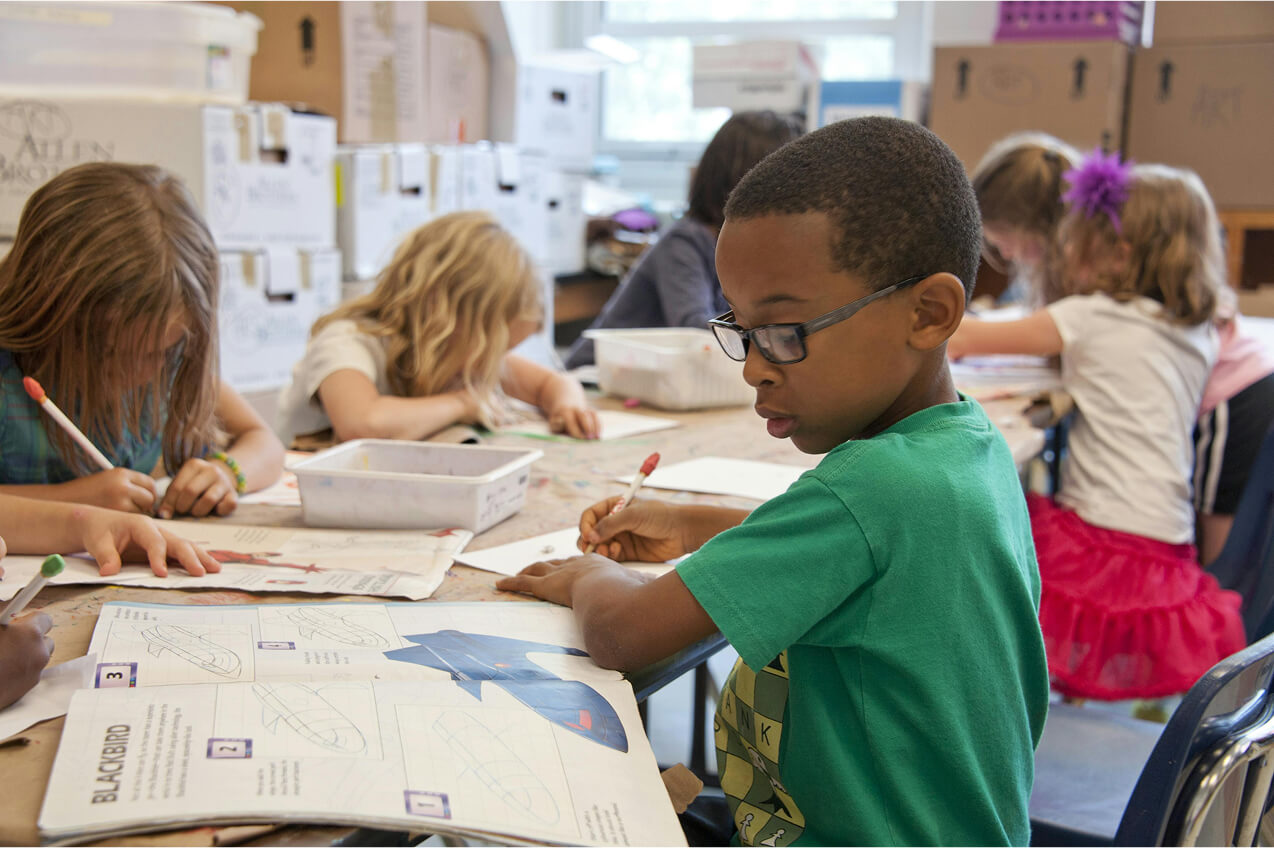1. The process of word decoding helps children develop their ability to recognize patterns
The coloring pages in our collection contain words that are partially concealed through letters such as “B_TTERF_Y” and “R__NB_W” which students need to decode while coloring. The activity requires students to identify language patterns instead of making random letter guesses. The connection between visual elements and letter sequences in “EL_PH_NT” near coloring pictures helps children develop their vocabulary and analytical thinking abilities.
The ability to recognize patterns which children develop through this activity helps them learn reading skills and math concepts and solve everyday problems. The process of finding clues and making educated predictions followed by answer verification teaches children essential academic success skills.
2. Visual-Word Association Strengthens Memory Through the Connection of Images to Their Corresponding Words
The puzzles in the book link visual content to specific words which students need to solve. The process of coloring a sun while solving “S_N” creates three neural pathways which link visual perception to physical movement and linguistic understanding. The combination of visual and kinesthetic and linguistic encoding in our method produces better vocabulary retention than traditional flashcard methods and mobile applications.
Studies indicate that students who learn through multiple sensory experiences remember information at a 75% higher rate than students who learn through single-sense approaches. The combination of coloring activities with word puzzles enables students to develop strong vocabulary skills without feeling like they are studying.
3. Letter Placement Teaches Logical Thinking
The process of determining which letters complete words such as “FL_W_R” requires students to apply logical reasoning. Children need to follow these steps when solving the problem: What object am I coloring? What letters could fit these spaces? Does my guess make a real word?
The process follows the scientific method by starting with a hypothesis then testing it and drawing a conclusion. Children develop systematic problem-solving methods through this activity which benefits their academic work and social interactions.
4. The system of increasing difficulty helps students build their confidence levels
The learning sequence begins with basic three-letter words “C_T” before moving on to advanced words “D_N_SA_R” which provides a logical progression. Children achieve tiny victories which drive them to attempt progressively more challenging tasks.
The step-by-step learning approach demonstrates to students that complex issues become achievable when divided into smaller parts. The statement “I can’t do this” actually means “I haven’t learned it yet.”
5. Error Correction Without Frustration
Our coloring books provide students with a safe environment to learn through error correction because they do not include digital game elements like harsh buzzers or red X’s. Parents can help their children discover correct answers through discussions and subtle hints when they make incorrect guesses.
The collaborative learning method enables students to learn from mistakes while eliminating their fear of failure. Children understand that mistakes function as essential learning tools instead of things to stay away from. The positive way children learn to handle errors develops their ability to take intellectual risks while building their resilience.
How Parents Can Maximize Learning
Guide your child through the learning process by asking questions that lead to answers such as “Which animal has a long trunk?” for “EL_PH_NT”
Praise the thinking process behind their answers instead of focusing only on correct solutions by saying “I like how you used the picture to solve the word.”
After completing “BUTTERFLY” students should proceed to learn about butterflies and count the wings in the illustration and discuss different colors.
The addition of “Solve all words before finishing coloring” creates an exciting challenge that avoids creating stress for students.
Real Learning, Real Fun
Educational coloring books achieve their effectiveness through their basic design. The activity requires no power source and no membership fees to multiple applications and no need to worry about screen time. The combination of paper and crayons with meaningful time spent together develops fundamental abilities without any electronic devices.
Children who solve word puzzles during coloring activities learn problem-solving methods which become essential for their future success. Children develop three essential skills through this activity which includes careful observation and logical thinking and perseverance and discovery celebration.
Your child can experience learning during coloring activities through our educational coloring books which include word puzzles that develop vocabulary and problem-solving abilities. Our collection receives new books each weekday so your child will always discover fresh educational activities.
[Start Your Subscription Today] – Instant access to our entire library. Cancel anytime.

